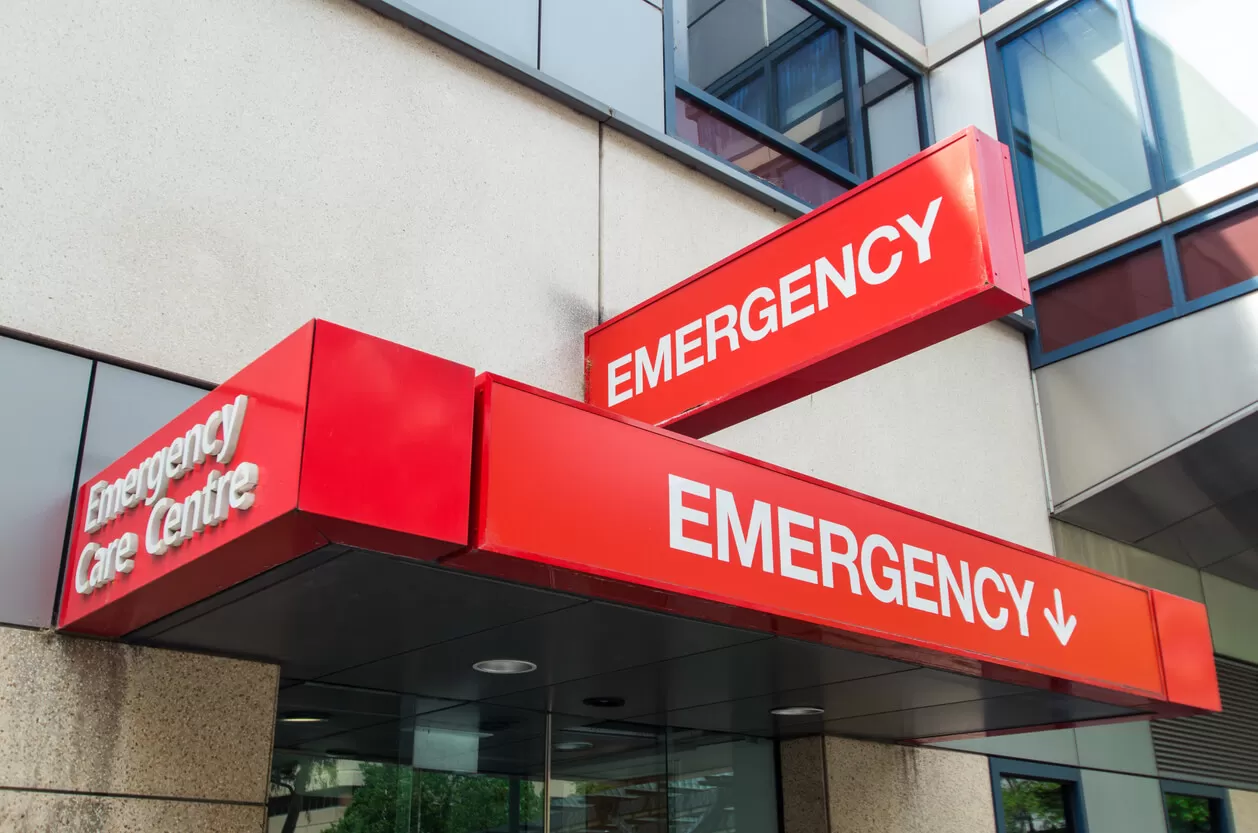When a medical issue strikes suddenly, many people grapple with a common concern: “Should I go to the emergency room or an urgent care facility?” This important question influences the speed and quality of care you receive, as well as your overall expenses. Navigating these choices can be overwhelming, especially during a time of medical need.
Understanding the cost differences and appropriate usage of these medical services is crucial for making informed decisions. In this article, we will break down the costs associated with both emergency rooms and urgent care facilities, helping you choose the most cost-effective option without compromising the quality of your care.
What Is an Emergency Room?
An emergency room is equipped to handle severe and life-threatening medical conditions. ER visits are appropriate for critical issues such as:
- Chest pain
- Heart attacks
- Severe abdominal pains
- Loss of consciousness
- Accidents causing significant injuries.
They are staffed with highly trained medical professionals and advanced diagnostic tools, including X-ray equipment and specialized diagnostic tests.
What Is Urgent Care Center?
This clinic provides non-emergency medical services for less severe situations. These clinics are ideal for:
- Treating minor injuries
- Illnesses
- Cold symptoms
- Flu symptoms
- Sinus infections
- Minor infections
- Ear infections
- Allergic reactions
Urgent Care offers walk-in services and shorter wait times. They are typically open outside of regular office hours, providing an additional option to people who need prompt treatment for non-life-threatening conditions.
Comparing the Cost of Urgent Care vs Emergency Room
The costs at urgent care clinics are generally significantly lower compared to those at an ER for several reasons:
Urgent Care Costs
- Lower Admission Fees. They typically have lower admission fees than ERs.
- Integrated Billing. Many urgent facilities issue a single bill that includes all services provided during the visit, such as consultations, diagnostic tests, and treatments. This simplifies billing and often results in lower overall costs.
- More Affordable Services. Routine treatments and services at these centers, such as treatment for minor injuries, infections, or sore throat, are generally more affordable.
- Insurance Coverage. They are more likely to be covered extensively by insurance companies, further lowering out-of-pocket expenses.
Emergency Room Costs
- Higher Facility Fees. ERs charge higher facility fees due to the advanced equipment and specialized services they provide.
- Separate Physician Billing. In many ERs, physicians bill separately from the facility, leading to multiple charges for a single visit.
- Complex Need. Because ERs are equipped to handle life-threatening conditions, the costs of treatments, diagnostics, and specialist consultations are generally higher.
- Insurance Limitations. ER visits often result in higher out-of-pocket costs, especially if the department or attending physicians are out-of-network for the patient’s insurance plan.
What Are the Insurance Considerations and Out-of-Pocket Costs?
Insurance plays a crucial role in determining the average cost of services in both settings. ER visits might result in higher expenses, especially if the facility or physician is out-of-network. For example, some emergency departments in Corpus Christi disclose that they are out-of-network for all health benefit plans, significantly impacting your final bill.
It’s essential to check your insurance coverage beforehand to avoid surprises. On the other hand, urgent clinics typically accept a wider range of insurance plans and present lower out-of-pocket expenses. Even if the clinic is out-of-network, the costs are often more manageable compared to ER visits, making urgent care a practical option for non-life-threatening medical issues.
Tips for Managing Medical Costs
- To manage medical costs effectively, always verify whether the medical facility is in-network for your insurance plan. This step can significantly reduce treatment costs.
- Keep a list of nearby urgent care locations and their services on hand. Knowing your primary care doctor’s availability for non-urgent visits can also aid in managing your health needs without incurring high costs.
Being prepared can make a significant difference in both financial aspects and medical outcomes.
Urgent Care vs Emergency Room Billing Practices
Cost Structure
Emergency room visits are generally more expensive due to the higher level of care, specialized equipment, and 24/7 operation needed to handle severe emergencies. In contrast, urgent care centers treat non-life-threatening conditions and have lower operating costs, resulting in lower bills for patients.
Facility Fees
ERs often charge hefty facility fees, which cover the costs of maintaining the specialized equipment, personnel, and infrastructure required to handle critical emergencies. Conversely, urgent care centers usually charge much lower facility fees due to their lower operational and overhead costs.
Insurance Coverage
Emergency rooms are typically covered under the “emergency services” provision of many health insurance plans, but copays and deductibles can be high. Additionally, out-of-network charges can contribute to significant out-of-pocket expenses. On the other hand, many insurance plans cover urgent care visits with lower copays and deductibles compared to ER visits.
Billing Codes
ERs use different billing codes that reflect the complexity and critical nature of the services provided, which generally lead to higher charges. Compared to urgent care centers, they use simplified billing codes that correspond to less complex and non-emergent services, resulting in lower costs.
Payment Time
Emergency rooms are more likely to result in delayed billing due to the complexity of services and coding reviews, which can lead to surprise bills weeks or even months after the visit. In contrast, urgent care centers often provide a clearer and quicker billing process, making it easier for patients to understand and settle bills sooner.
Know Where to Go: Save Money With the Right Choice of Services
Deciding between these two services can significantly impact your medical expenses. While urgent care centers are suitable for non-life-threatening issues with lower costs, emergency rooms provide critical attention for severe conditions at higher prices. Understanding this urgent care cost vs emergency room comparison will help you make informed decisions about where to seek assistance.
If you are in Corpus Christi and need emergency medical attention, rely on the Reliant Emergency Department for comprehensive and professional services. We are equipped to handle a wide range of emergency medical conditions with the highest standards of treatment.








